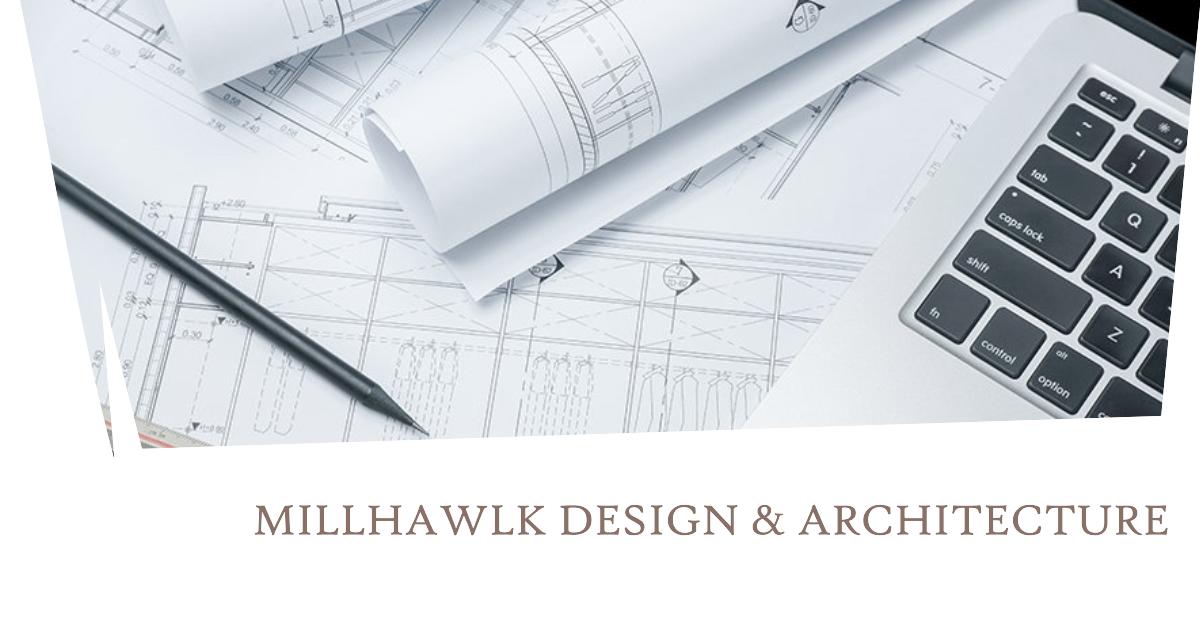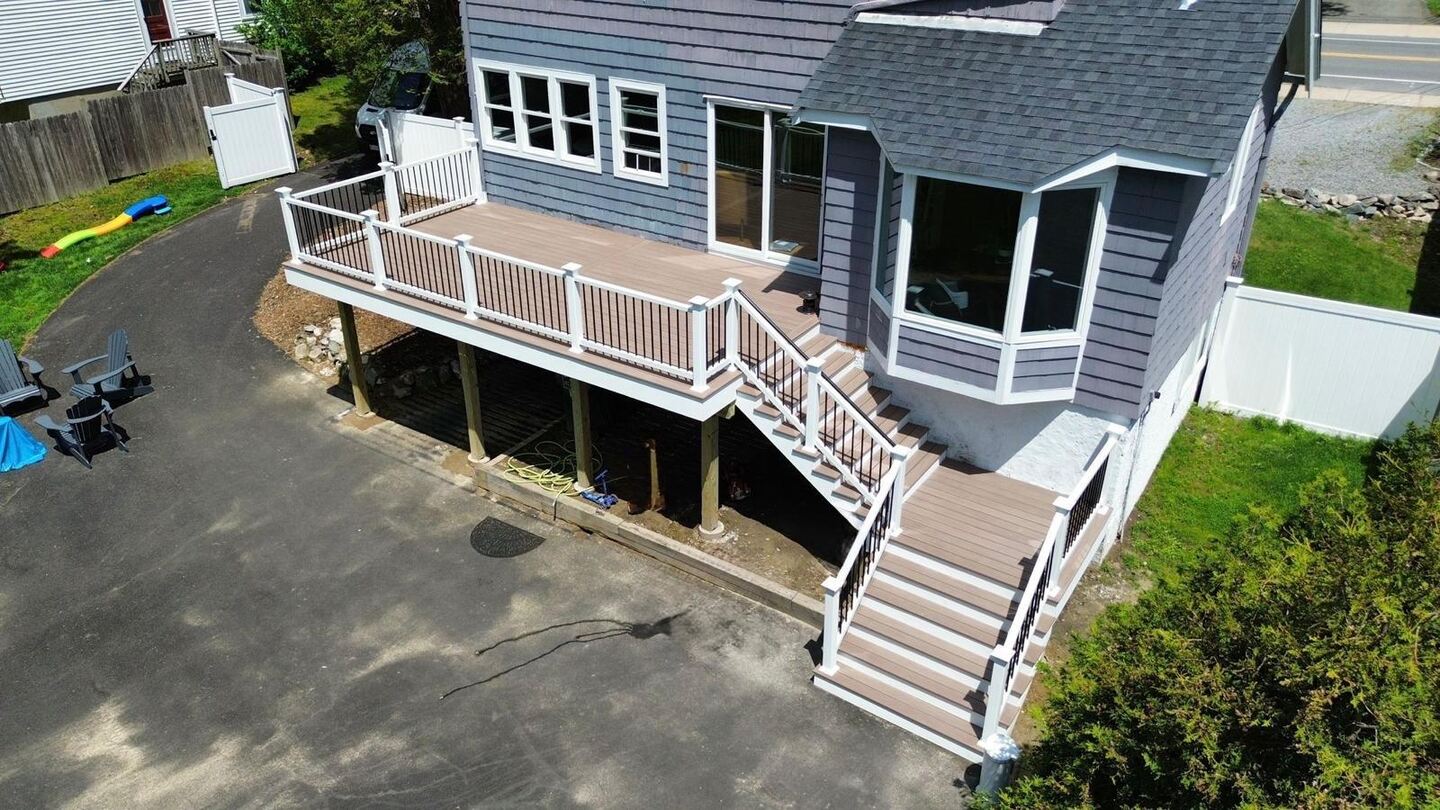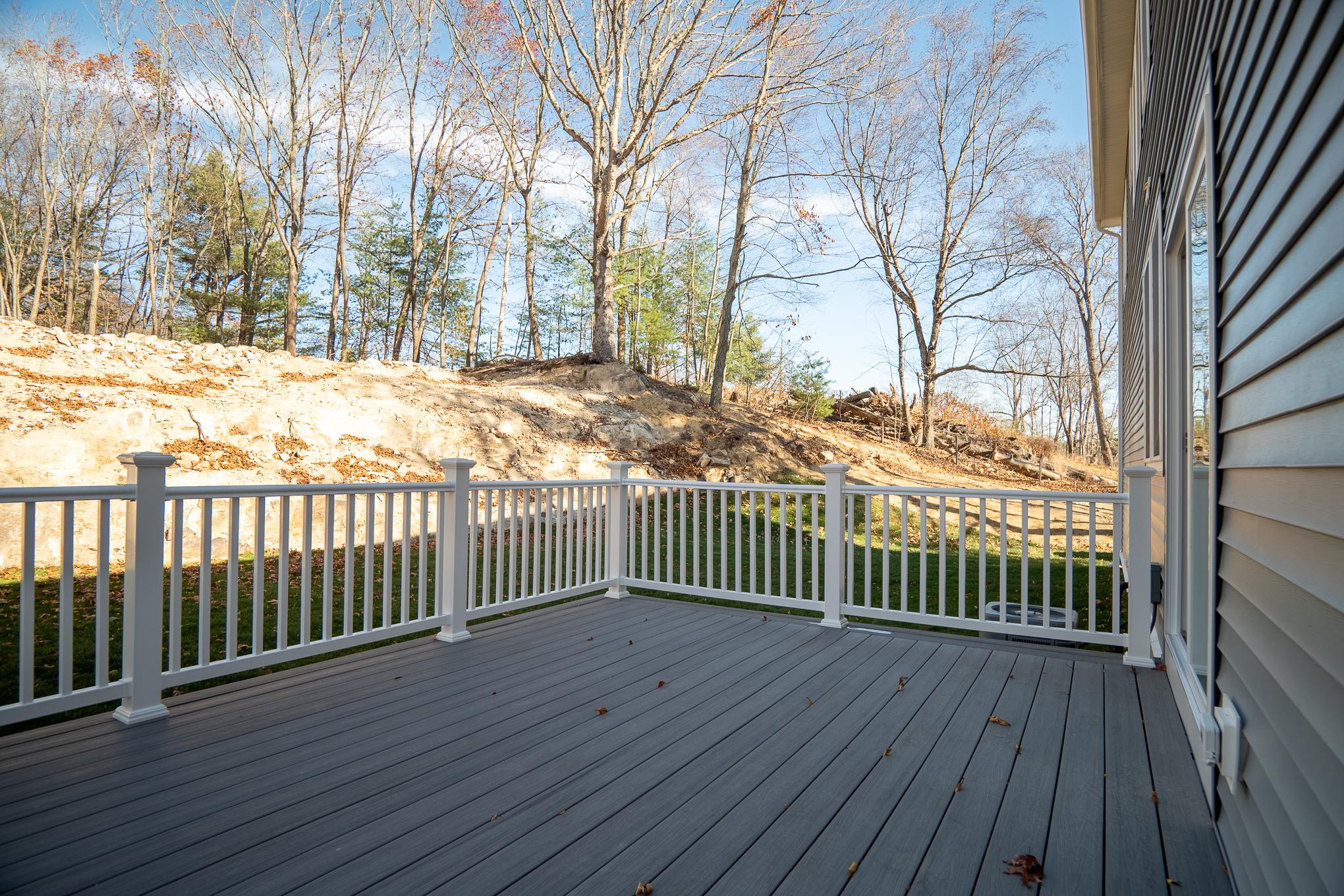Adaptive reuse in architecture refers to the practice of repurposing existing buildings for new functions, rather than demolishing them and constructing new ones. This approach allows architects to breathe new life into older structures, blending the past with the present in a way that meets modern needs.
This method has gained popularity in recent years due to its sustainability benefits. By reusing the core elements of a building, less construction waste is produced, and fewer resources are consumed. It’s an eco-friendly choice that reduces the environmental impact of new development while preserving historical and cultural landmarks.
In addition to environmental advantages, adaptive reuse can also be more cost-effective. Retrofitting a building is often cheaper than building from scratch, and it can speed up the overall development process. The result is a unique, character-filled space that retains the charm of its original design, while offering functionality and modern amenities.
For architects and designers, adaptive reuse presents exciting challenges and opportunities. It’s about finding creative ways to integrate modern design elements with the building’s original features, resulting in a harmonious blend of old and new. Whether transforming an industrial warehouse into a trendy office or converting an old church into a community center, this practice showcases the versatility of architecture in adapting to contemporary demands.
Benefits of Adaptive Reuse
Adaptive reuse offers numerous benefits, making it a preferred approach in contemporary architectural practices. One of its most significant advantages is environmental sustainability. By repurposing existing structures, the demand for raw materials and energy-intensive construction processes is minimized. This approach reduces waste and helps conserve natural resources, aligning with green building principles.
Economically, this practice often proves more efficient than demolishing and rebuilding. Retaining key structural elements saves time and money, allowing projects to move forward with lower overall costs. It also enhances the value of a property by combining historic charm with modern functionality, making it appealing to businesses and residents alike.
From a cultural perspective, adaptive reuse preserves the character and heritage of communities. Architectural projects that transform older buildings honor their history while integrating contemporary needs, creating a unique sense of identity. This balance between old and new fosters a connection between people and places.
For architects and designers, the challenge lies in harmonizing the original elements with innovative features. This requires thoughtful planning and creative solutions, resulting in spaces that are both practical and visually compelling. Whether it’s converting a historic factory into a vibrant living space or turning a forgotten theater into a cultural hub, this approach demonstrates how architecture can meet today’s needs while respecting the past.
Challenges of Adaptive Reuse
While adaptive reuse brings numerous advantages, it also comes with challenges that require strategic solutions from architects and designers. One of the primary hurdles is the condition of the existing structure. Older buildings often have hidden issues, such as outdated materials, structural instability, or limited compliance with current safety standards. Addressing these problems demands detailed assessments and customized interventions.
Another significant obstacle lies in maintaining the balance between preservation and modernization. Architects must honor the historical or cultural essence of a building while incorporating modern functionality and aesthetics. This delicate task can be complex, especially when dealing with protected landmarks or buildings with significant restrictions.
Spatial constraints also pose difficulties. Repurposing structures that were designed for entirely different uses often requires innovative design approaches. For example, converting a narrow industrial space into a residential building or office requires creative spatial planning to ensure comfort and practicality.
Additionally, cost management can become challenging. While reusing a building is often more economical than new construction, unforeseen issues can drive up expenses. Architects must anticipate potential complications and allocate resources efficiently.
Despite these challenges, the outcomes of successful projects showcase the ingenuity of architectural design. By overcoming these obstacles, professionals can transform aging spaces into vibrant, functional environments that serve contemporary needs while preserving their unique identity.
Examples of Adaptive Reuse
Examples of adaptive reuse in architecture highlight the creativity and innovation involved in repurposing old structures for contemporary use. One striking instance is the transformation of industrial warehouses into dynamic residential lofts or office spaces. These projects often retain original features like exposed brick walls and steel beams, blending historic character with modern design.
Another notable example is the conversion of historic churches into cultural hubs. By repurposing these spaces into art galleries, event venues, or libraries, architects preserve their unique architectural details while giving them a fresh purpose. This approach not only honors the building’s history but also revitalizes its community presence.
Former train stations and factories are also commonly reimagined as hotels or shopping centers. Projects like these integrate new layouts and modern amenities while preserving key elements such as large windows, high ceilings, or vintage facades, creating spaces that feel both nostalgic and functional.
Even abandoned schools and theaters have been skillfully adapted into community centers or coworking spaces, providing value to local neighborhoods. These examples demonstrate how thoughtful design can turn outdated structures into vibrant assets that serve current needs while respecting their origins.
Through such projects, adaptive reuse showcases the power of architecture to bridge past and present, transforming spaces in ways that are both practical and inspiring.
Future Trends in Adaptive Reuse
The future of adaptive reuse in architecture points toward increasingly sustainable and innovative solutions. Architects are leveraging technology to reimagine spaces with greater efficiency and environmental sensitivity. For instance, advancements in 3D scanning and digital modeling enable precise assessments of existing structures, minimizing the need for extensive modifications while maximizing potential.
A growing trend is the integration of green building strategies. This includes designing for energy efficiency, incorporating solar panels, and utilizing recycled or low-impact materials. These practices align with global efforts to combat climate change and make reimagined buildings not only functional but also eco-conscious.
Mixed-use developments are also on the rise. Combining residential, commercial, and recreational spaces within a single project creates vibrant communities while making efficient use of land and infrastructure. This approach transforms outdated properties into bustling hubs that meet diverse needs.
Another emerging focus is on smart technologies. Retrofitting older buildings with systems for energy monitoring, automated lighting, and enhanced connectivity ensures that reimagined spaces stay relevant in an increasingly digital age.
Lastly, there’s an emphasis on community-driven design. Projects are evolving to prioritize public input, ensuring they serve local needs while preserving cultural heritage. These trends showcase how adaptive reuse continues to evolve, offering dynamic opportunities for architects to shape sustainable, innovative environments.
Conclusion
Millhawlk Design & Architecture is dedicated to creating innovative spaces that combine functionality, beauty, and sustainability. Through adaptive reuse, we bring new purpose to old buildings, blending their unique history with modern needs. This approach not only revitalizes communities but also supports environmental conservation by minimizing waste and preserving valuable resources.
Whether it’s transforming a warehouse into vibrant office spaces or redesigning historic landmarks for contemporary use, our team approaches each project with creativity and care. We believe that every building tells a story, and our mission is to honor that legacy while crafting spaces that inspire and serve future generations.
If you’re looking for a trusted partner to bring your architectural vision to life, Millhawlk Design & Architecture is here to guide you every step of the way. Together, we’ll turn possibilities into remarkable realities.




